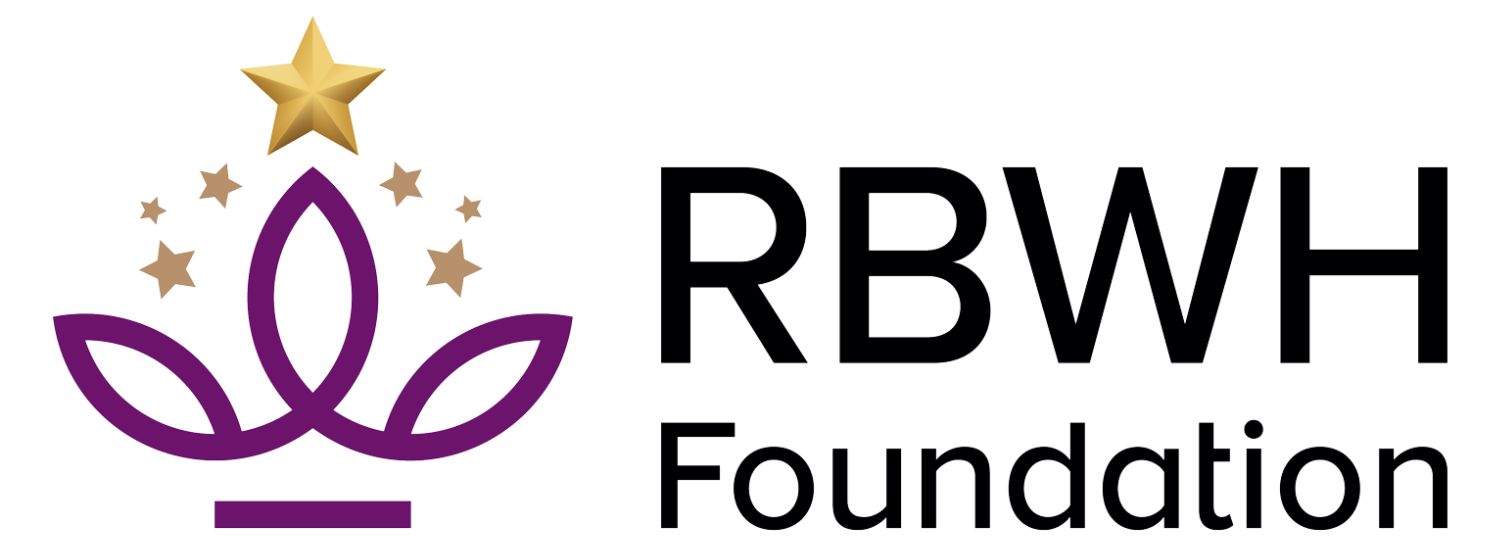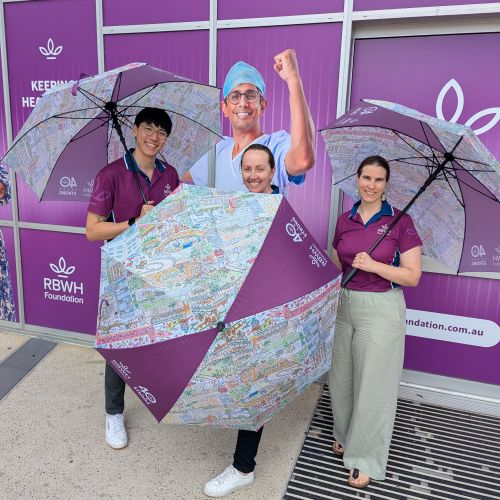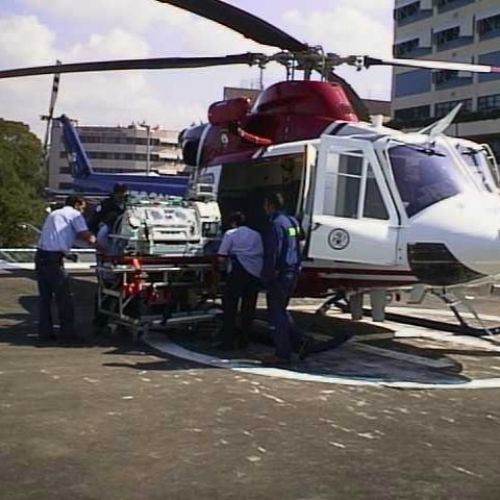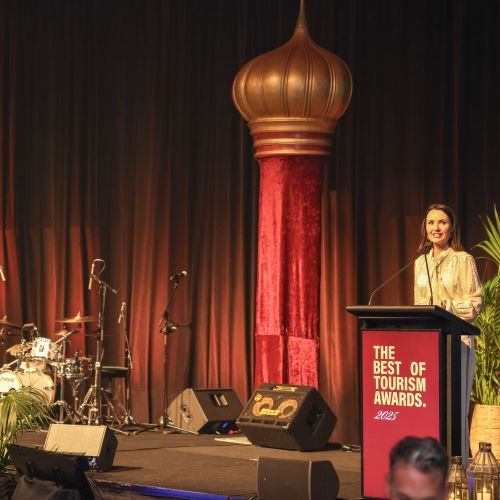Research led by Royal Brisbane and Women’s Hospital (RBWH) has shown virtual reality technology, commonly used by gamers, has great promise for reducing pain among people with chronic and debilitating lower back pain.
The RBWH Foundation funded study offers hope to some of the 4 million Australians plagued by back problems.
Local singer, Cyndi Joe-Lind, who features in this 7News story, is once again back on the stage.
RBWH Physiotherapist and research lead Dr Peter Window said 44% of participants reported a clinically meaningful reduction in pain after just two sessions and 79% said their fear of movement had reduced.
“In practice, we often prescribe exercises to individuals to help them gain confidence with movement, but that can be difficult because they can be quite focused on that movement and the pain it might cause,” said Dr Window.
“Virtual reality (VR) is a tool we can use to really facilitate movement, without thinking about it.”
More funding is now needed to verify the results.
“As Queensland’s largest hospital, RBWH cares for about 600,000 people every year,” said CEO Simone Garske.
“That’s 600,000 reasons to give, but you only need one - a family member or friend who has been treated here by our wonderful health and medical professionals.”
Cyndi was one of 37 patients involved in the preliminary study, which saw participants armed with VR headsets take on ten pin bowling, basketball and ice curling to help challenge pain-related fear and activity avoidance - the most recognised barriers to recovery.
“I’d been dealing with back pain for months and months,” Cyndi says. “I struggled at work, moving to a stand-up desk – I was even sitting on a big ball at one stage, just trying to find a way to get through the day.
“And one of my great passions, singing, had become really challenging. I’d have to alternate between sitting and standing on stage, stretching and moving around - anything to get some relief.”



Under the supervision of Dr Window and his team, Cyndi was recorded during a VR session where she discovered what her body was still capable of and gained the confidence to move in ways that would aid her recovery.
“It was excellent,” Cyndi said, “The team talked me through everything and at the end gave me a report on what they’d found and really good information on how to look after myself going forward.
“I’ve followed that through, and I don't have many problems now at all.”
Now seeking funding to expand the project, Dr Window said the potential of the VR research was huge.
“With this tool we could provide some early education and then send patients home with these VR headsets to work on a program, over three or four weeks,” said Dr Window.
“When people then arrive for their treatment, they're already streets ahead of where they would be if they had just been sitting on a wait list, waiting for therapy.”
To support patient care and life-saving research, like this, please donate today.
This study was a collaboration between Royal Brisbane and Women’s Hospital (RBWH), the Surgical, Treatment and Rehabilitation Service (STARS) Education and Research Alliance (SERA), The University of Queensland’s RECOVER Injury Research Centre, Griffith University, and the Tess Cramond Pain and Research Centre.










